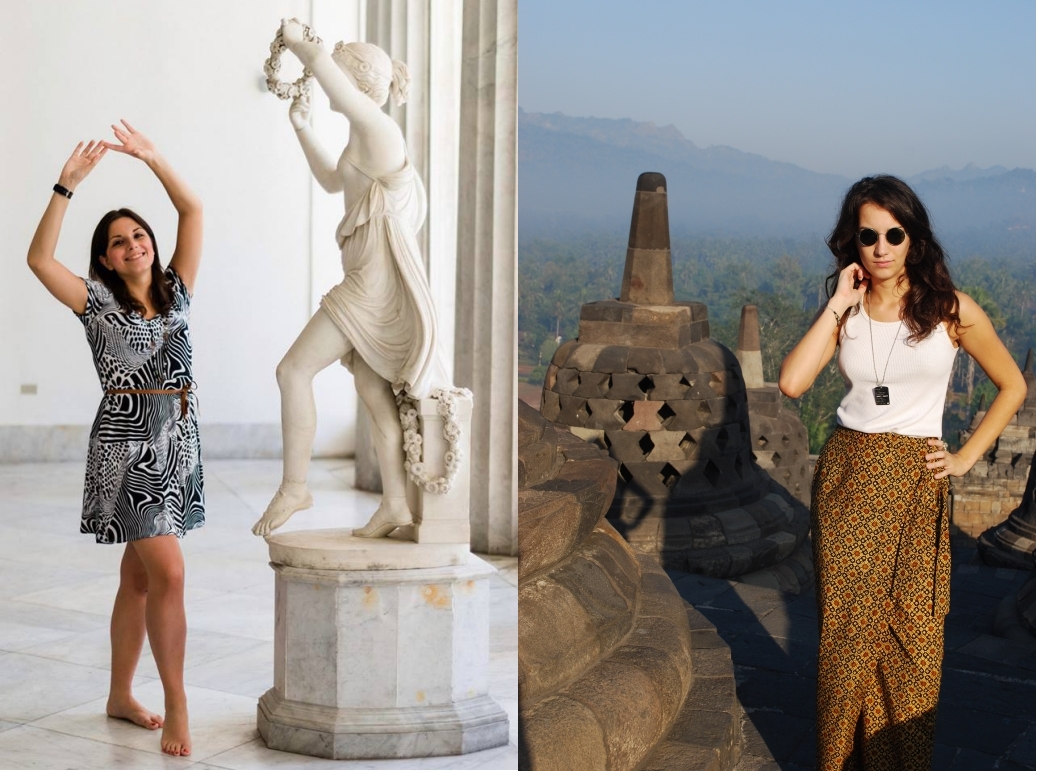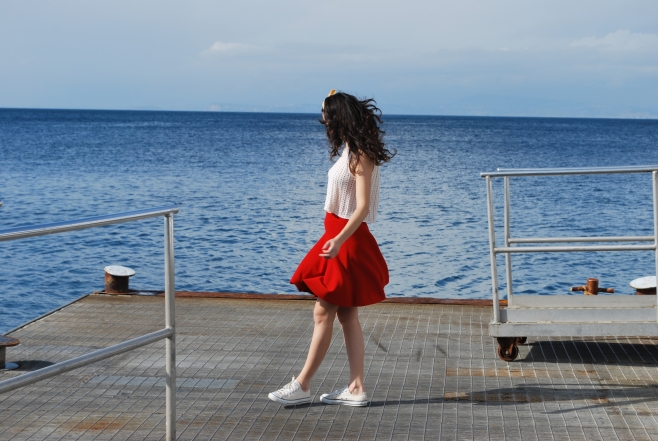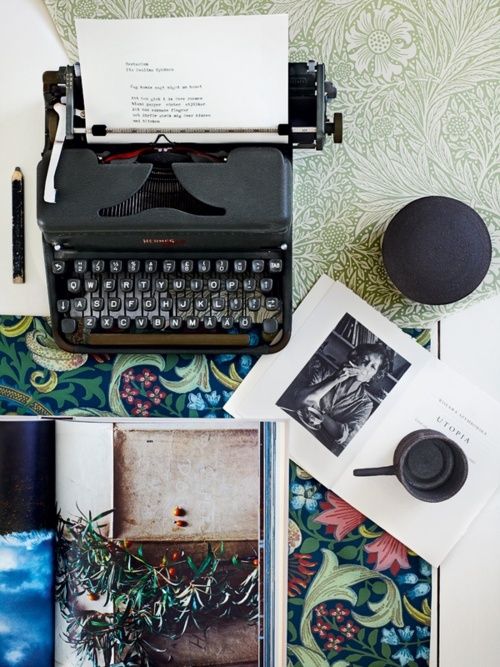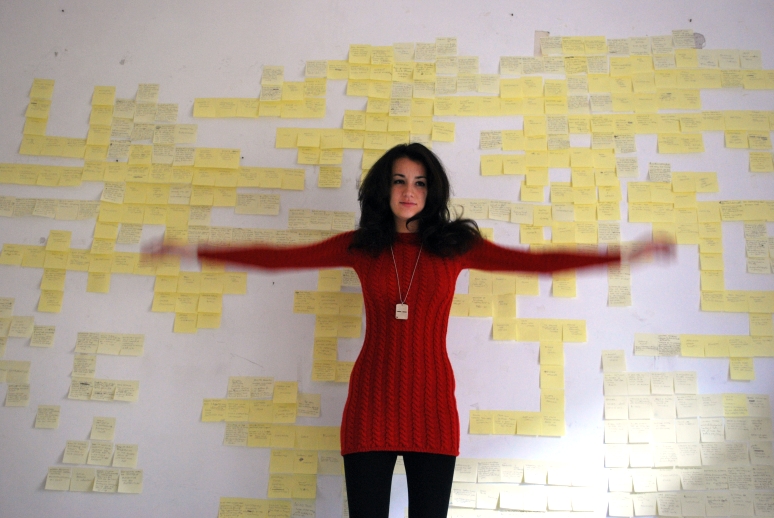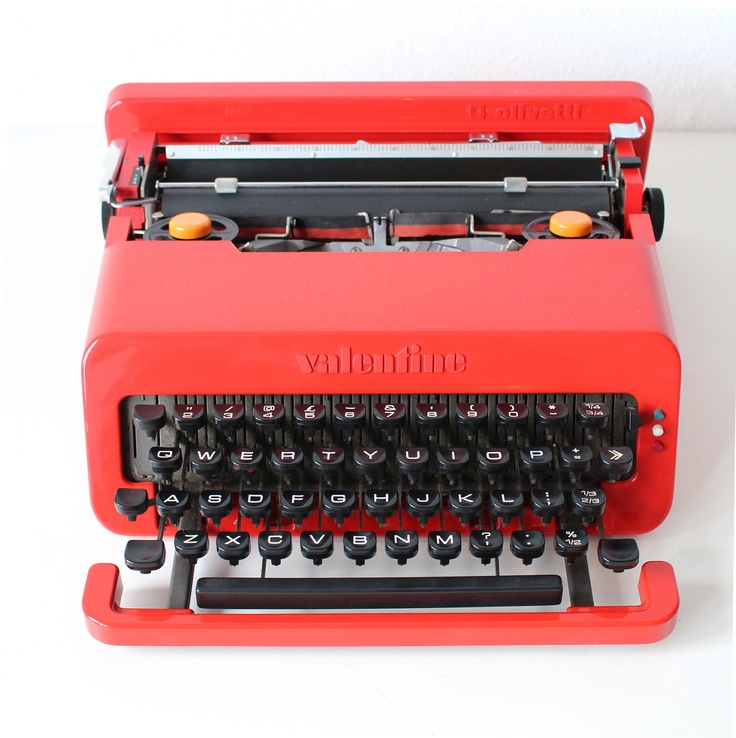
One of the reasons I decided to become a journalist – or whatever you want to call me, art critic/curator, writer, whatever – is because of my unconditional love for magazines. Although art magazines are usually those which I write for, I’m a self-confessed reader of Marie Claire, Elle and the Italian weekly magazines Io Donna, D and Il Venerdì di Repubblica.
I love the first ones because of their carefree attitude. The way they create beauty with couple of pictures of Erin Wasson and a caption reading “I’m a female Johnny Cash! To hell with the it girls!” Fashion magazines create dreams and aesthetics. One can criticize them for a whole bunch of reasons – from the fact that they usually push the starving-model look to the fact that half of these mags is usually composed by advertising. That can true sometimes, but on the contrary what these magazines elicit in me is a sense of empowerment. Those worlds that Elle is creating may be fake, biased, too far away from reality. But still, just by browsing through a good editorial or reading a feature on Colette, I can’t shake off that feeling that I’m part of the beauty of the world. That through my writing, drawing, playing, photographing, I’m creating an personal aesthetic – in my own terms.
Read More
